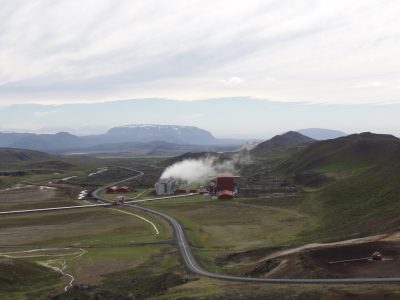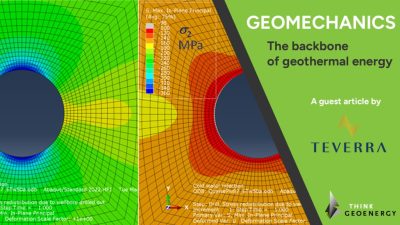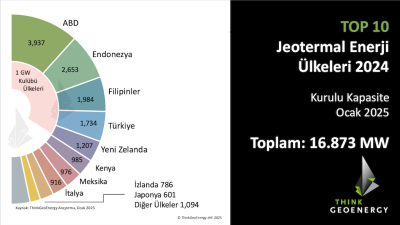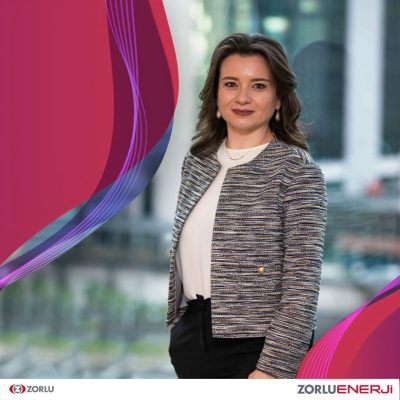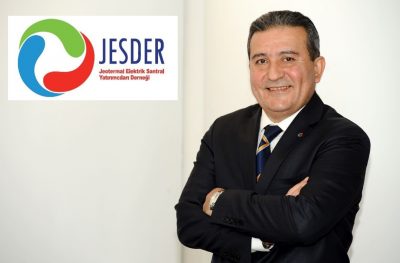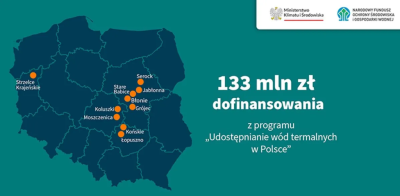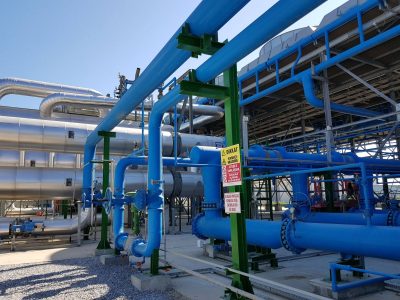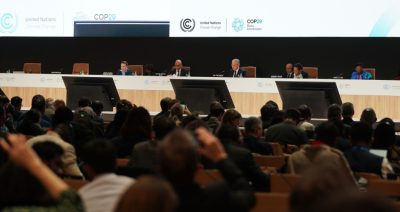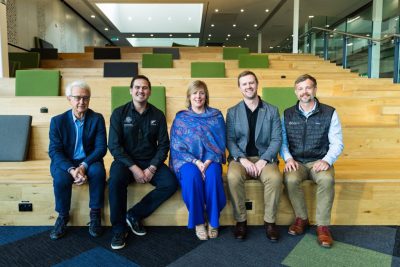Student group wins DOE sponsored competition on geothermal potential assessment
A 3-D virtual reality model of the Valles Caldera region in New Mexico by a team of UC Davis students first place in a national competition, sponsored by the U.S. Department of Energy, to develop skills and knowledge in geothermal energy.
“A virtual reality model of a patch of New Mexico has won a team of UC Davis students first place in a national competition, sponsored by the U.S. Department of Energy, to develop skills and knowledge in geothermal energy.”, so the announcement by the University of California Davis.
The UC Davis team, “chose to build a three-dimensional model of the Valles Caldera region in New Mexico using the virtual reality facilities at UC Davis’ Keck Center for Active Visualization in Earth Sciences.
“In two dimensions your knowledge is limited,” Bennett said. “We could bring together disparate data to get the big picture.”
The finals of the competition were held in Santa Fe, N.M. on June 23. Eleven teams from universities around the country, including Stanford, Texas A&M and the Colorado School of Mines, presented projects that they had developed since mid-January. The teams had been charged with assessing the geothermal energy potential of the Rio Grande Rift area in south-central Colorado and central New Mexico.
Using the KeckCAVES, the students could visualize geological structures, fluid-flow pathways and subsurface temperature profiles beneath the ground in a single immersive 3-D model.
The team drew on old published data from previous drilling of the Valles Caldera area, which is now a national preserve and closed to energy exploration. But the same immersive 3-D techniques could be used elsewhere to visualize geothermal energy resources.
“It used to be that good geology students were those that could think in three dimensions — now we don’t have to guess how things look,” Fowler said.
Although the data was from the early 1980s, the 3-D visualization did reveal some new geothermal features of the Valles Caldera, for example in the relationships between temperature and faults or indicative geothermal minerals. More significantly, the 3-D approach helps geologists bring multiple types of information together in one place.
“It makes collaboration much easier, because everyone is looking at the same thing,” Cantwell said.
Taking part in the competition is part of a continuing push to develop geothermal energy research and teaching on campus. Schiffman and Professor Robert Zierenberg are collaborators on a deep drilling project in Iceland, which gets half its electrical power from geothermal energy. The California Geothermal Energy Collaborative, part of the UC Davis Energy Institute, works with industry and government agencies to advance geothermal energy.
The team was advised by Schiffman, McClain, Zierenberg and Glassley. Collaborators from the KeckCAVES were Louise Kellogg, professor of geology, and research scientists Oliver Kreylos and Braden Pellett.”
Source: UC Davis







